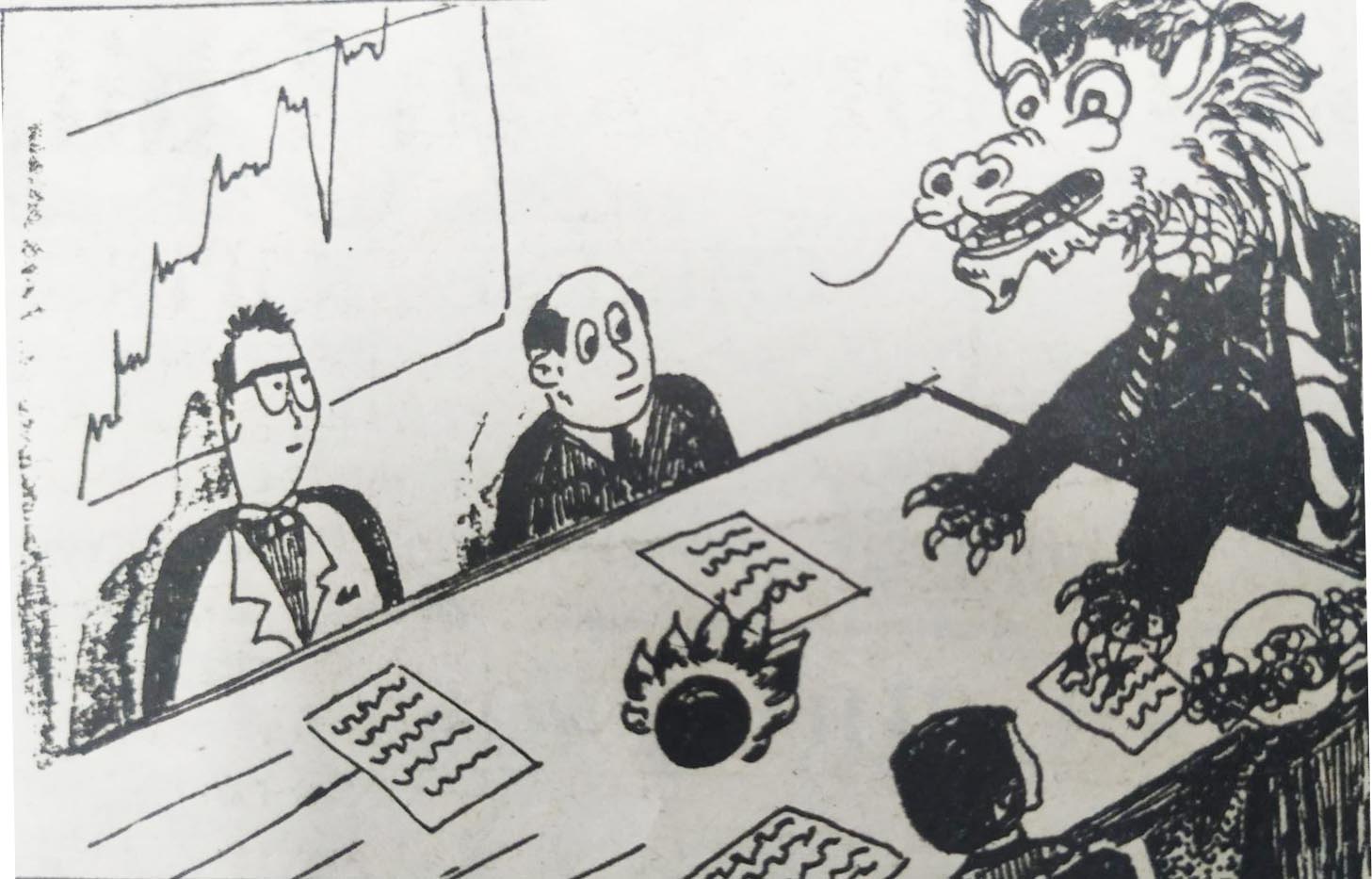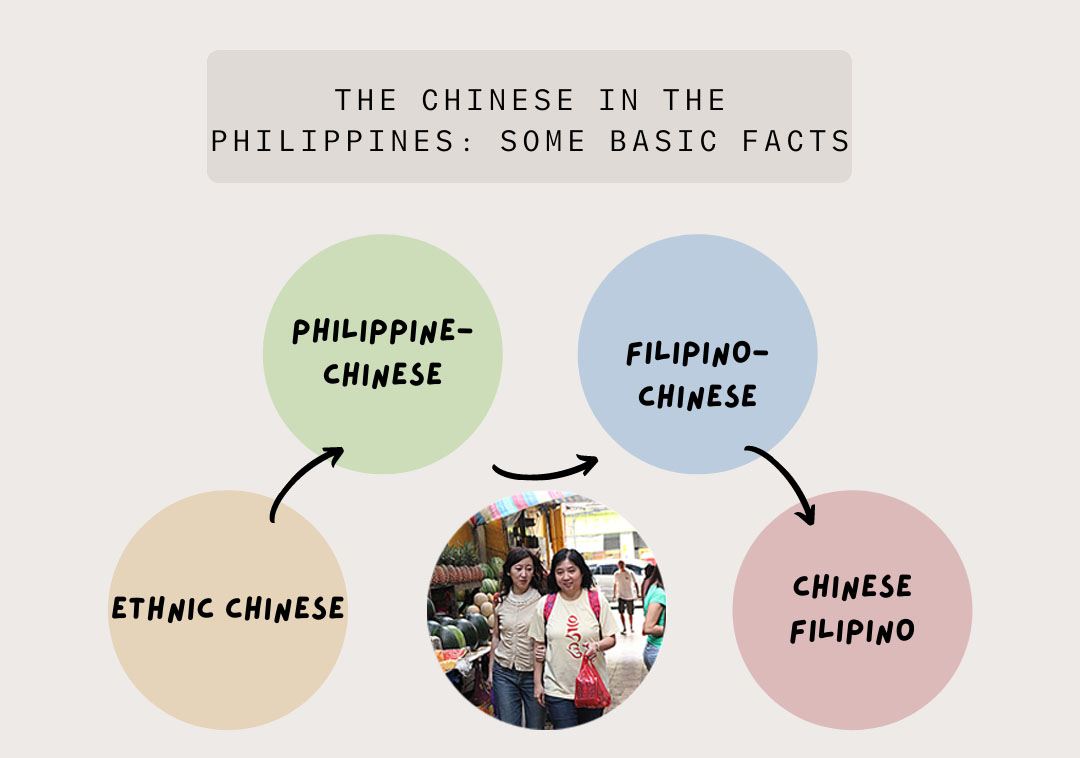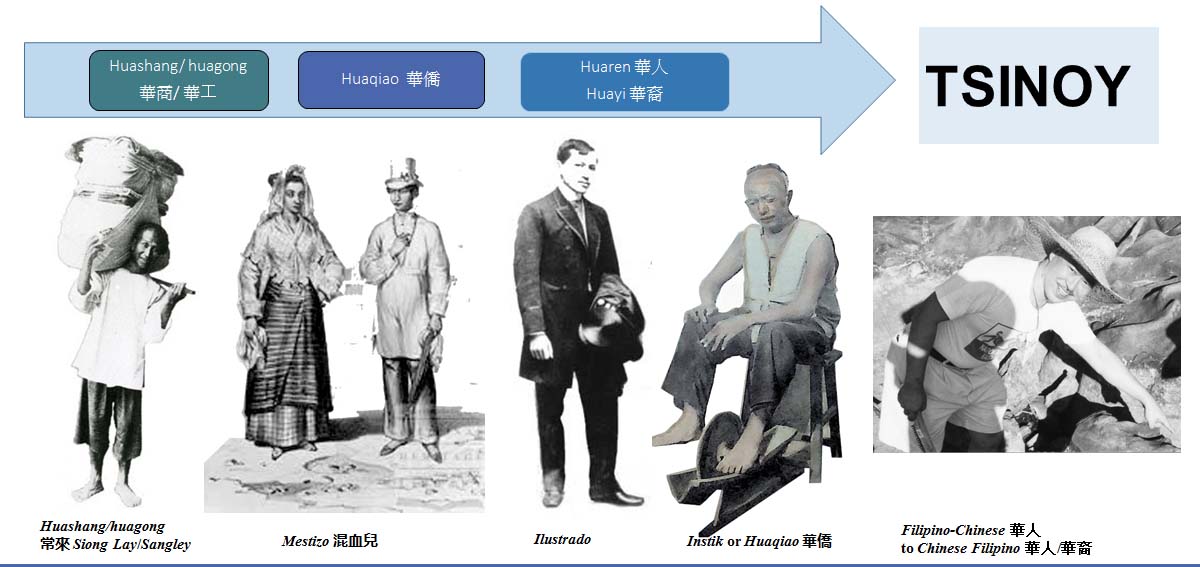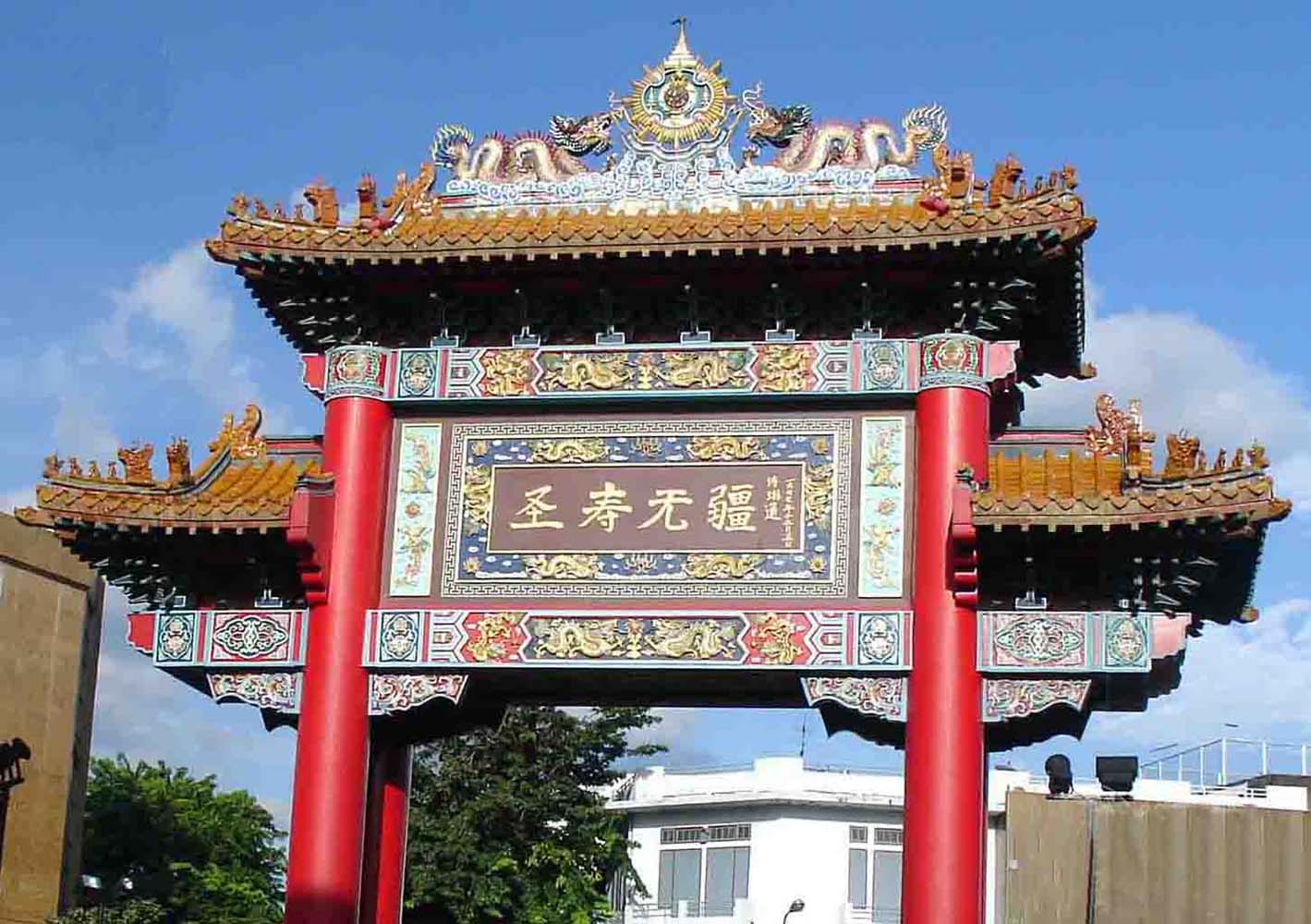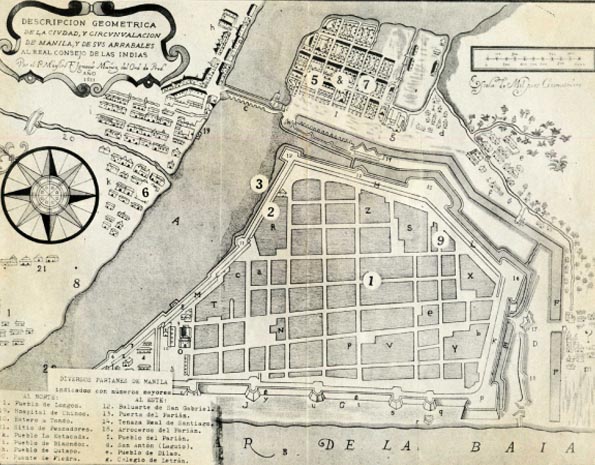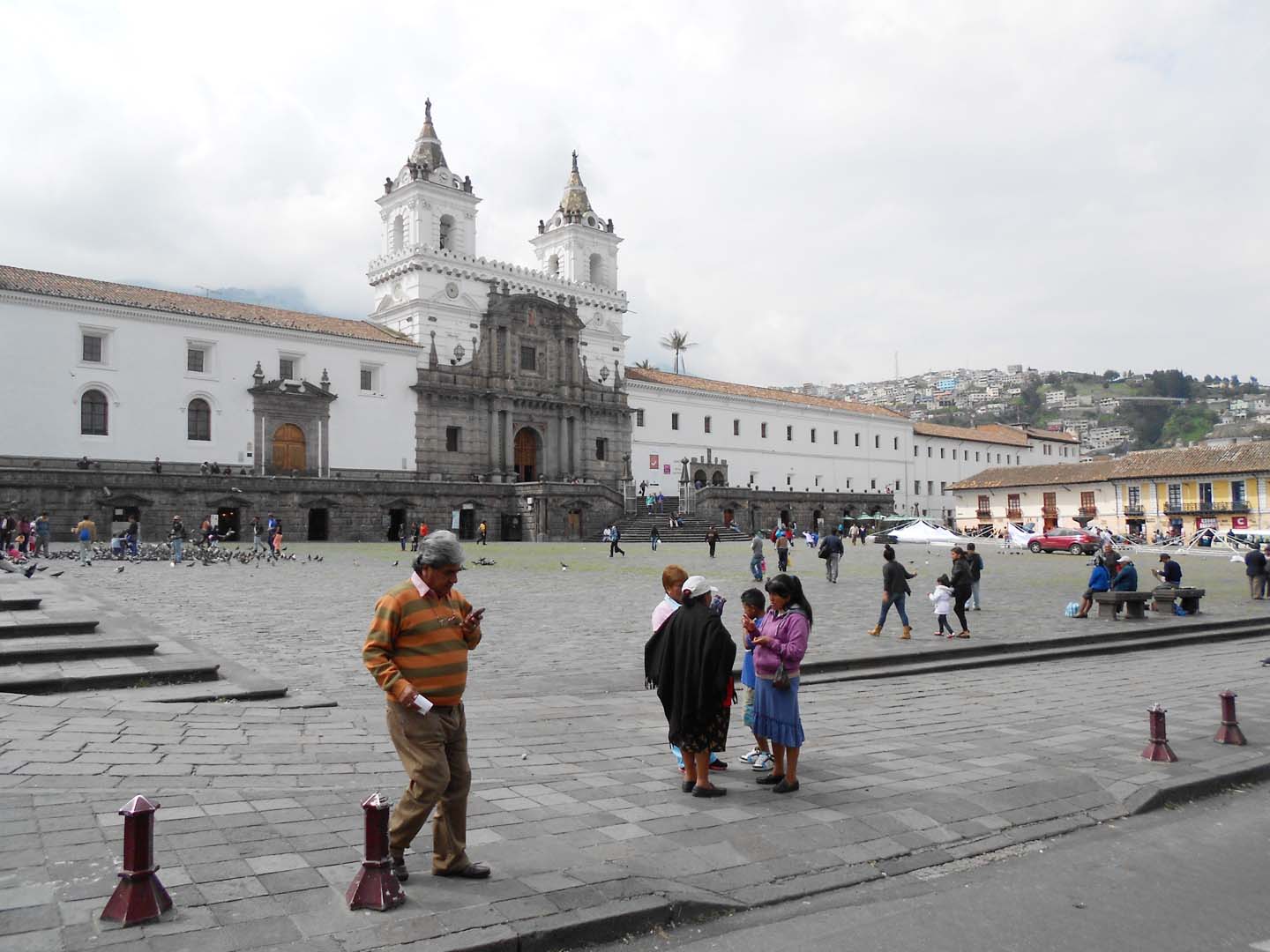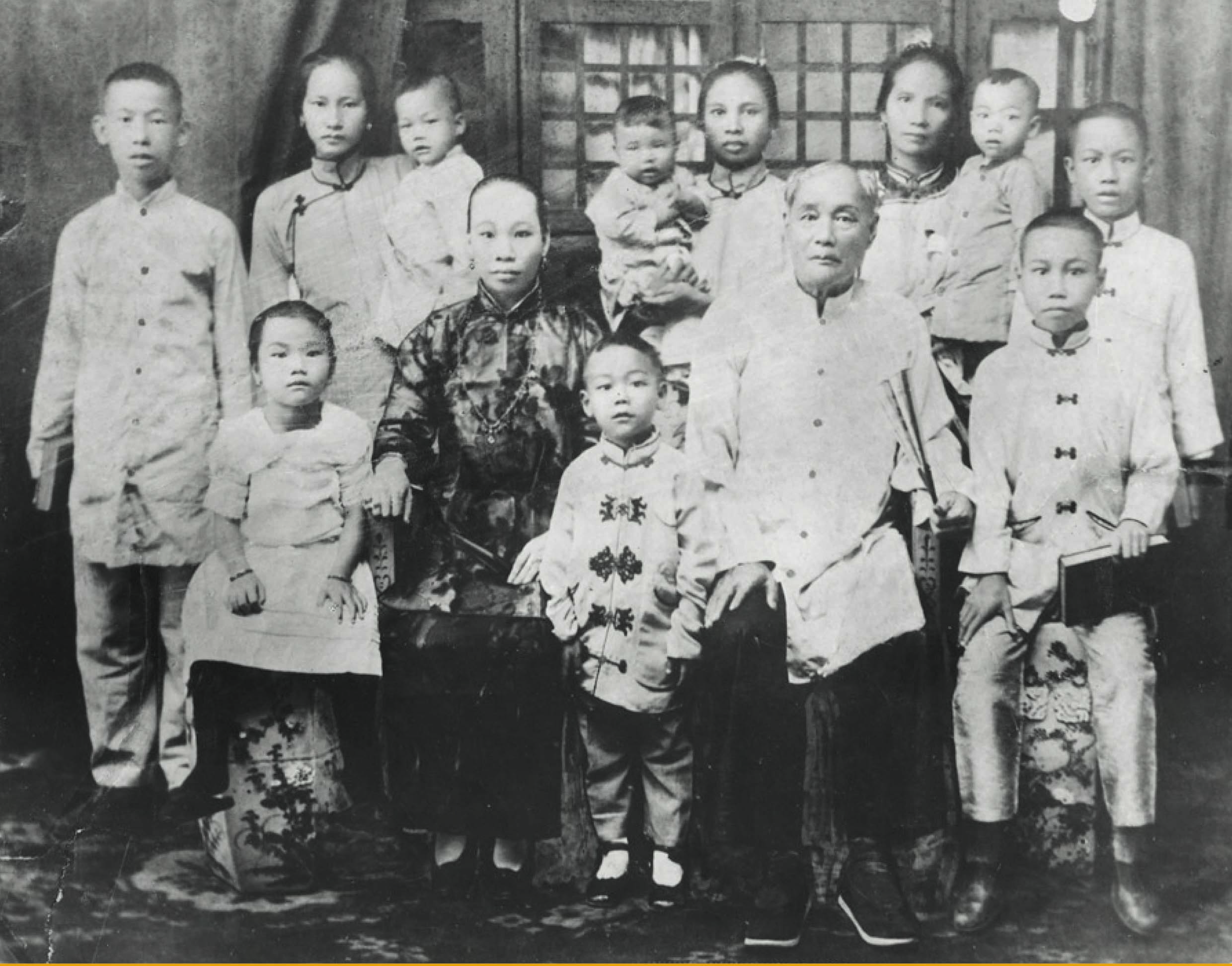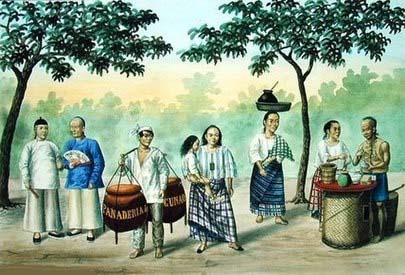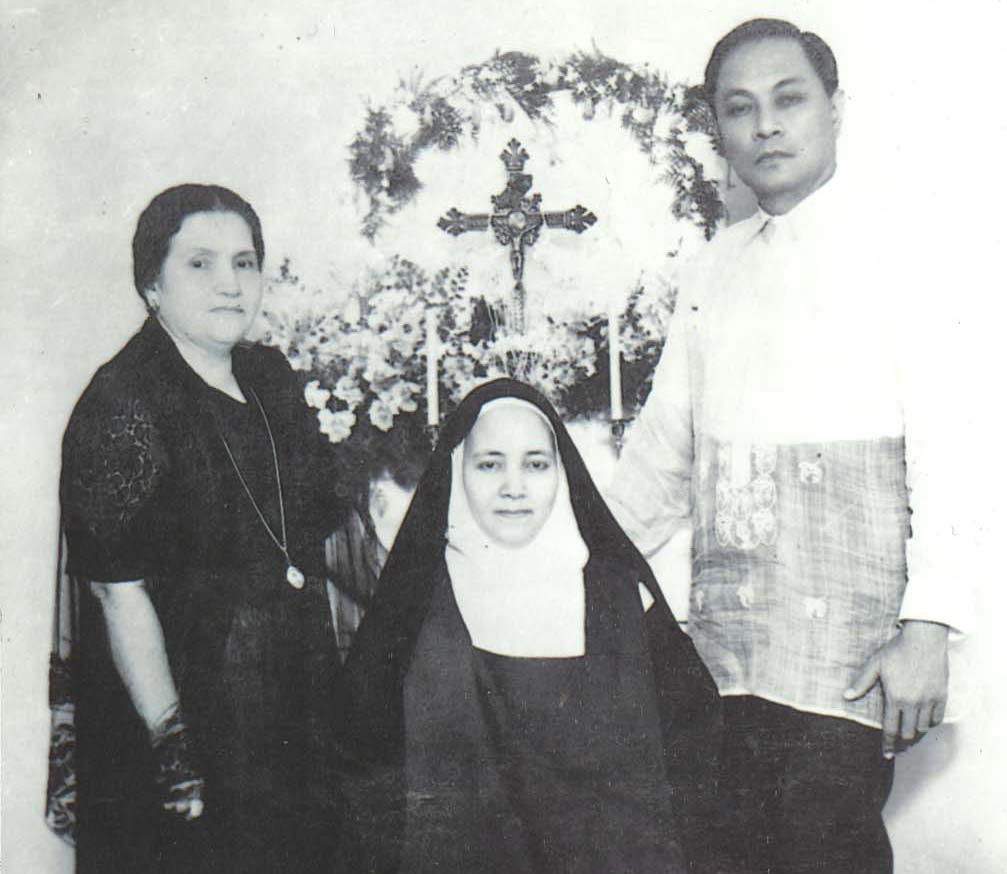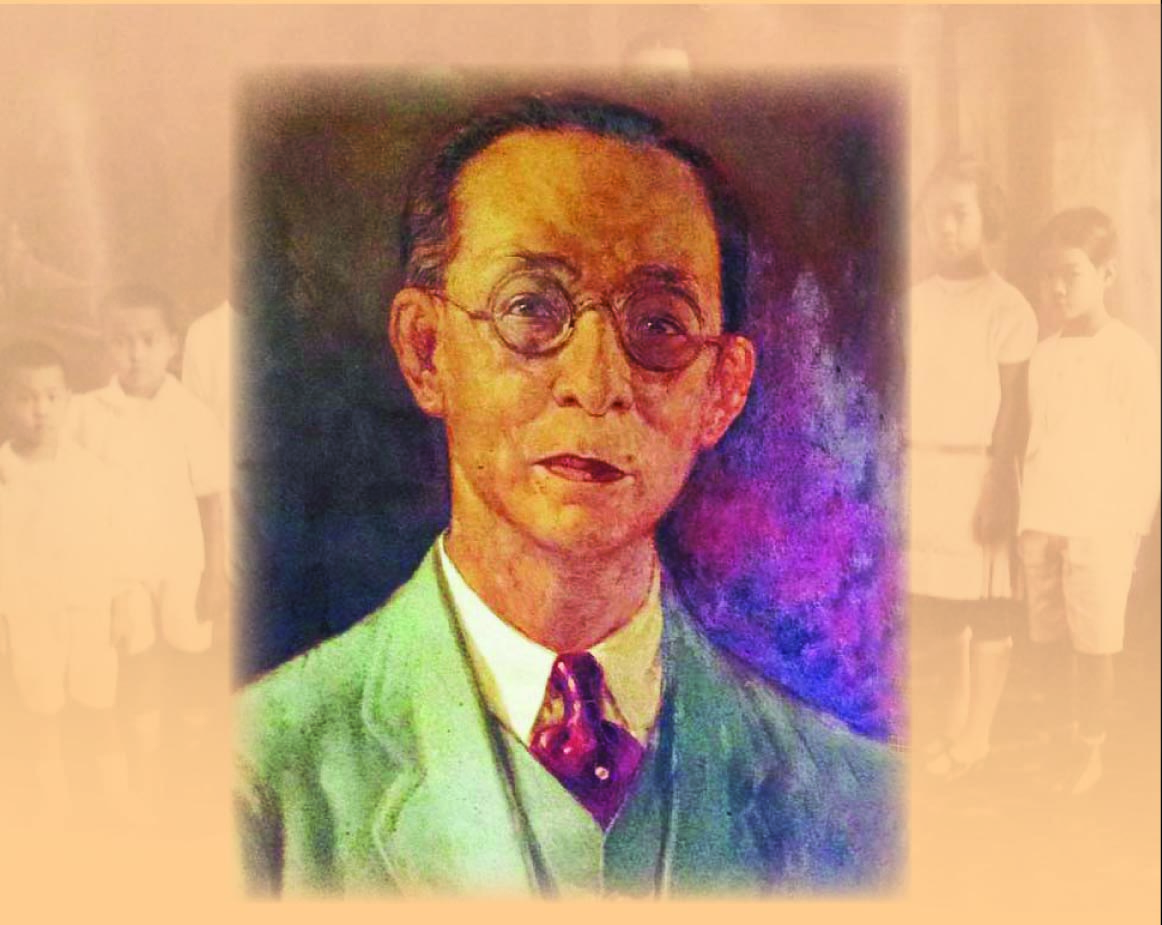First published in Tulay Monthly, Chinese-Filipino Digest 1, no. 3 (August 1988): 2. “All Chinese are good in business” is a common belief of most Filipinos. However, history tells us that the early Chinese who came to the Philippines were mostly peasants who knew nothing much about business. So, where can we attribute the business, […]
